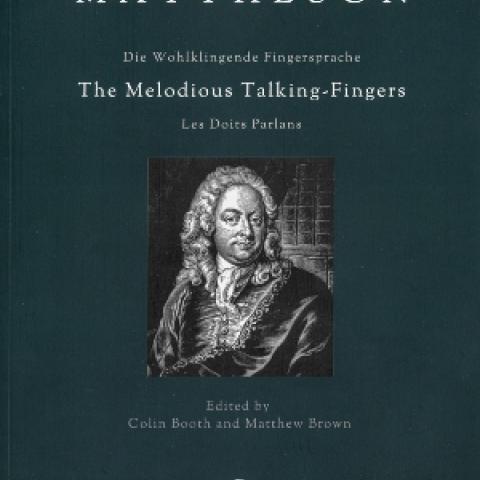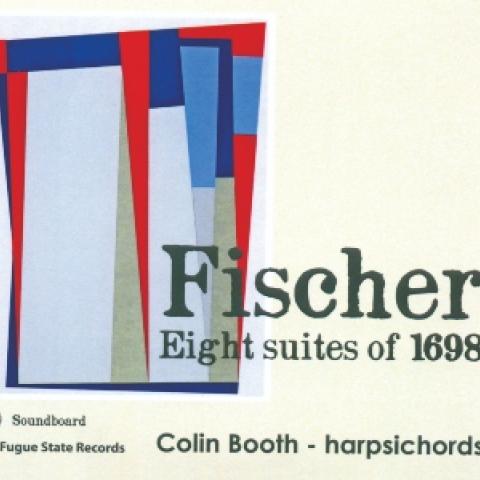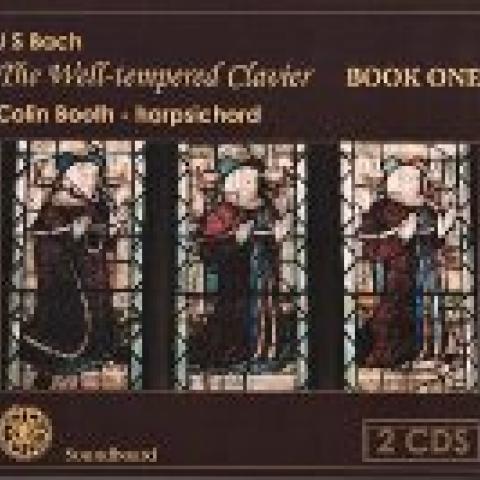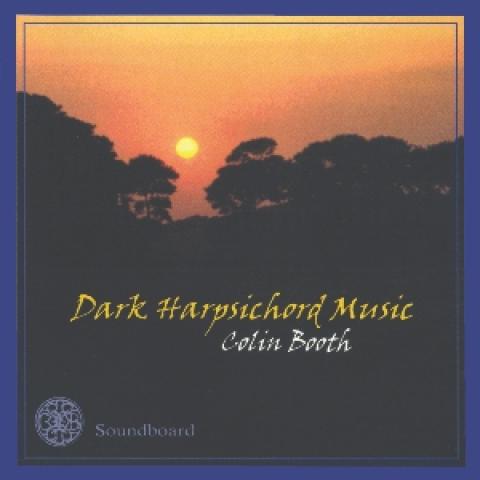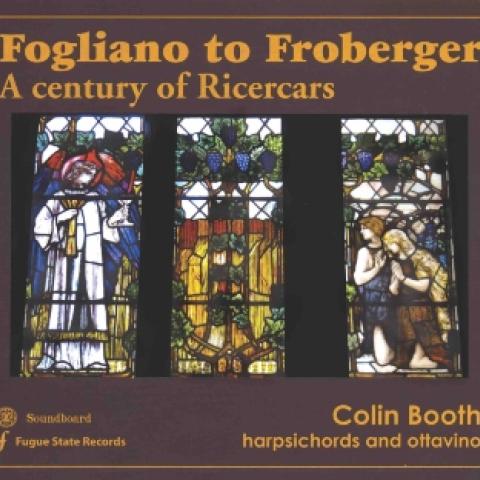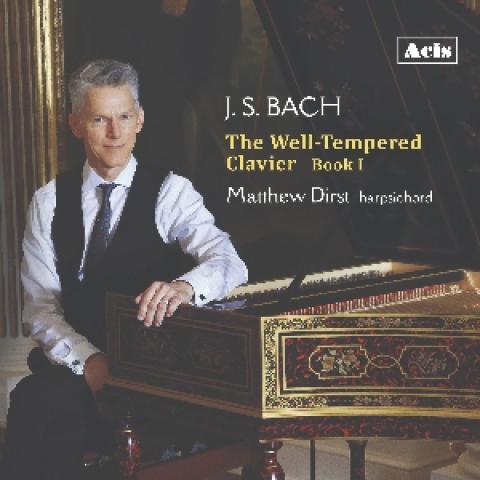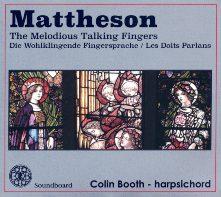
Mattheson: The Melodious Talking Fingers and Harmony's Monument
Johann Mattheson: The Melodious Talking Fingers (Die Wohlklingende Fingersprache), Colin Booth, harpsichordist. Soundboard, SBCD-220, $16.98.
Johann Mattheson: Harmony’s Monument (Harmonisches Denckmahl), The Twelve Suites of 1714, Colin Booth, harpsichordist. Soundboard, SBCD-208 (2 CDs), $16.98. Both available from ravencd.com.
Of the memorable Baroque composers of quotable music and words, Johann Mattheson does not appear as a household name, but in his day he achieved recognition among his peers, particularly for his writings on music. Nowadays he is known both as a composer and author of theoretical works, and as the one who nearly brought an early end to the composer of The Messiah! Handel and Mattheson violently quarreled during the premiere of the latter’s opera Cleopatra, and were it not for an obtrusive coat button deflecting a sword thrust, Baroque music might have lost a significant body of music! The two later reconciled, and Mattheson dedicated his Melodious Talking Fingers to Handel. Keyboardists are fortunate enough to hear this work and Mattheson’s twelve suites in a masterful recording by harpsichordist and builder Colin Booth. His research into Mattheson’s life and music are well reflected in these two albums, which provide a window into the music of a highly instructive and colorful composer. In addition, Mr. Booth precedes this captivating repertoire with program notes that bait the listener without meaningless or uninformed conjecture.
Though different in many ways from Bach, Handel, and Telemann, Mattheson utilized many of the same musical ingredients via different tastes and yielding highly inventive and engaging flavor. The collection’s curious title perhaps hints at the occasionally capricious nature of its contents. These “technically competent fugues . . . do not sound as if written to demonstrate Mattheson’s desired contrapuntal rigor from his colleagues,” yet the contrapuntal mastery is evident. Numerous fugues consist of multiple subjects and demand considerable dexterity and singing interpretations to convey their richness. Additional pieces in this collection display grace and wit, providing even more opportunities for the player’s hands to sing and speak. Colin Booth does both. His performance shows admirable command of the fugues’ structure, yet the learned nature of the pieces yields to very characterful interpretations, from the singing quality of the fugues’ subjects to the unusual fugal characteristic of complete silence. The radiant first fugue gives way to a graceful and lyrical fifth fugue (complete with the buff stop), while the severe eighth and the triple-subject ninth receive their own creative colors, even with their austere nature. A palpable energy permeates most of the livelier fugues, and the listener is rewarded for embarking on this journey in the peaceful conclusion of the final fugue on the chorale Werde munter mein Gemüte. The dances are likewise imbued with character befitting their wit and charm, and Mr. Booth delivers a both a humorous Burla and a Seriosità whose sensitivity recalls the warmth of Couperin’s many sensuous pieces.
The twelve suites contrast enormously from those of Mattheson’s German contemporaries, as the former contain a more overt personal touch, especially in their fantastical opening movements. Their dance movements, though similar in nature, are far more adventurous in rhetoric and surprise, and Mr. Booth’s recording captures the adventurous qualities of these suites as a whole. His performance conveys the architecture of both individual dances and entire suites with the same mastery as in the fugues. His tempo choices and interpretations of character hold the suites together well, and his use of inegalité, though occasionally predictable in allemandes and courantes, imbues the dances with elegance. Gigues drive relentlessly and energetically, while their slower counterparts sway gracefully, whether sarabandes, airs, or minuets. The more fantastical movements rivet the listener in their arresting character, from the seventh’s virtuoso “Prelude” to the sixth’s suave “Prelude” to the second’s brilliant “Tocatine.” Mr. Booth seems especially committed to selling the unusual movements or those placed unusually; these stand out, especially the hilarious fugue that begins Suite No. 11 and precedes an equally outrageous gigue of an overture! The gorgeous third and sixth suites are the highlights of the album. Their soulful allemandes, energetic courantes, dulcet slow movements, and vivacious gigues show that composer of austere fugues could write absolutely beautiful dances.
As if the listener were not already in for a treat, Colin Booth’s instruments add yet another dimension of both inventiveness and craftsmanship to these albums. His 2016 restoration of the Nicolas Celini harpsichord yields a sound befitting to the speaking quality of Die Wohlklingende Fingersprache, and both instruments in the suites provide a vibrant sound for the many contrasting movements. Furthermore, Mr. Booth recently issued an edition of Fingersprache, available for purchase on his website (colinbooth.co.uk) and from Raven. All in all, these albums provide a rare opportunity to hear lesser-known and deserving repertoire played by someone committed to making its presence known and able to deliver it masterfully via both interpretation and instrument.

